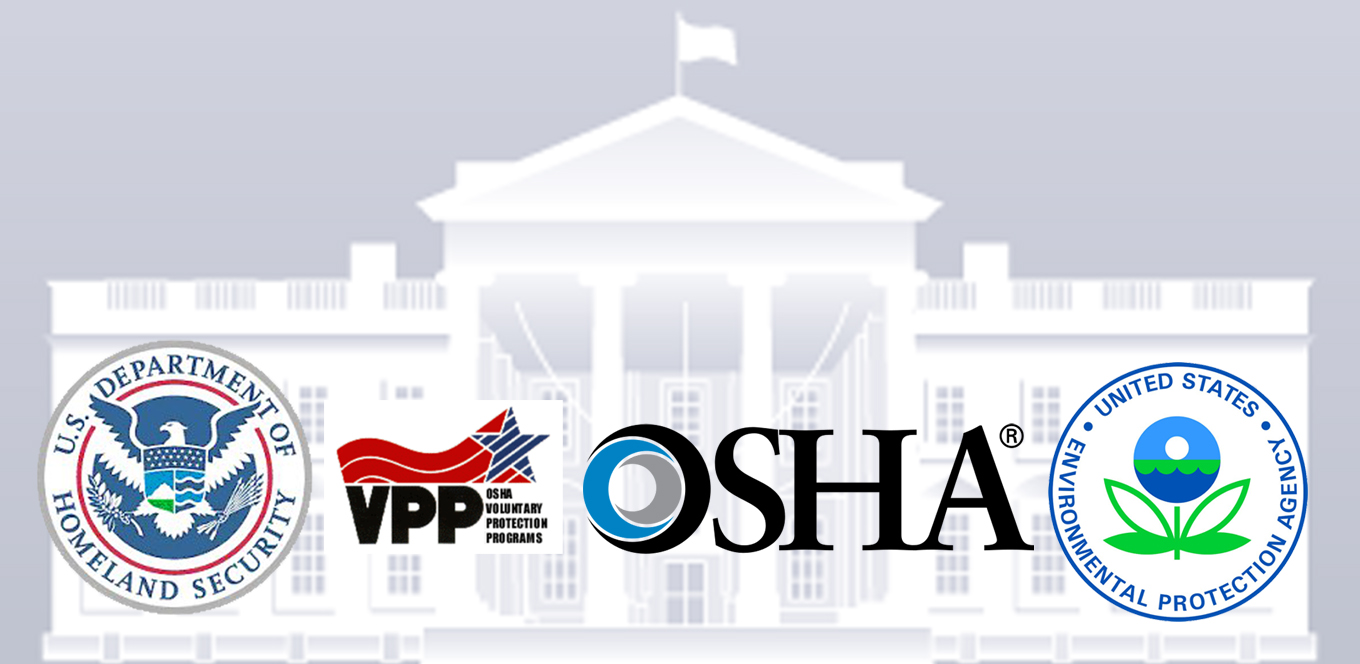The overwhelming majority of climate scientists not only believe in global warming, but believe human activity is to blame. Whether you personally believe this or not, government bodies do. Over the past 30 years, international and national regulatory agencies have responded with legislation that fosters a more sustainable planet. And the attempt to phase out harmful chemicals—including refrigerants—has been constant.
A brief history of legislation
In 1987, the Montreal Protocol marked the first set of requirements to champion the global phase-out of ozone-depleting substances. A decade later came the adoption of the Kyoto Protocol, another international agreement to reduce chemicals harmful to the environment.
The Montreal Protocol has been amended several times over the years, including provisions to completely eliminate the common low-temperature refrigerant R-22 by 2030. R-22 is widely used in food plants and cold storage facilities.
The Environmental Protection Agency describes R-22’s harmfulness:
Unfortunately for the environment, releases of R-22, such as those from leaks, contribute to ozone depletion. In addition, R-22 is a greenhouse gas and the manufacture of R-22 results in a by-product (HFC-23) that contributes significantly to global warming.
In March of this year, President Obama signed an Executive Order to cut federal agencies’ greenhouse gas emissions, including a commitment to “purchasing sustainable products and services identified by EPA programs.”
In April 2015, the EPA issued the revised Significant New Alternative Policy’s (SNAP) proposed regulatory changes that move up the phase-out date of a significant number of synthetic refrigerants that are widely used today to 2016.
The justification for rule change: commercially viable alternatives exist today that pose significantly less risk to the environment. Those include natural refrigerants—NH3, CO2 and hydrocarbons.
Ammonia as an alternative
Ammonia, a natural refrigerant, has long been one of the most highly used refrigerants in large, industrial applications due to its many benefits including:
- Superior thermophysical properties
- Low cost
- Energy efficiency
However, while ammonia may be gentler on the environment, it has hazards of its own:
- Personnel/public injuries from exposure (respiratory injuries, fatality, chemical burns, frostbite)
- Explosions
- Fires
Because of such hazards, governmental safety regulations are increasing.
Ammonia regulation increases
In 2013, Obama issued an Executive Order 13650 titled, “Actions to Improve Chemical Facility Safety and Security—A Shared Commitment.” As a result, the Occupational Safety and Health Administration (OSHA) and the EPA did a complete review and overhaul of its chemical safety regulations.
Recently, OSHA and the EPA began publishing many of the proposed changes for public comment. These changes will make compliance requirements for large-scale ammonia systems even more rigorous.
In December 2014, President Obama reauthorized the Chemical Facility Anti-Terrorism Standards program and mandated an overhaul of the regulations based on risk-based performance standards. Large-charge ammonia systems now fall under this jurisdiction, again increasing the burden of using large-charge ammonia systems.
What’s next? New technologies emerge
So the synthetic refrigerants are being phased out, pushing the industry towards NH3 and CO2. At the same time, regulations are making the use of large-charge ammonia systems more challenging.
It seems like a catch-22. So what’s an end user to do?
Three technologies are gaining considerable attention as viable natural refrigerants, while limiting the risk of large-charge ammonia systems:
- Ammonia/chilled water (glycol) systems
- CO2/NH3 systems
- Low-charge NH3 packaged systems




